How to Analyse Chemical Composition?
Chemical composition of the substances can be determined according to the two types. One is qualitative and the other is quantitative.
Qualitative Analysis - This is a type of chemical analysis which is execute to identify the components of the mixture.
These are of different types. They are-
Quantitative Analysis - This is a type of chemical analysis which is used to measure the amount of the components present in a mixture.
Quantitative analysis is bunches of chemical experiment by the identification of the components of the mixture. These are analyse by-
Different Reagent – Different reagents are used to identify the components of the solution. Specifically metal, non-metal portion of the mixture.
UV Spectroscopy - By the spectroscopy components can be identify by the absorption of the particles present in it.
Structure of the components can be determined by the –
X Ray Defraction - This is used for the structural analysis of the components.
Chromatography - Chromatographyis a technique by which components are separated by the molecular weight of the mixture.
Crystallography - This technique is used for the determination of structure.
Different types of method are there to make quantitative analysis. These are-
Titration process - Titration is a method by which we are able to measure the amount of the acid, base, salts etc. Examples of this titration are suppose sulphuric acid can neutralise the X amount of base sodium hydroxide. From this type of experiment it is found that how much amount of acid is able to neutralise the how much amount of alkali.
Spectroscopy - UV spectroscopy is a type of instrument by which we can measure the amount of the components by their absorption spectrum.
From How to Analyse Chemical Composition? to HOME PAGE
Recent Articles
-
What Is Plasma? | Blood Plasma | Proteins | Nutrients | Cholesterol
Nov 07, 25 10:29 AM
Blood is a mobile fluid which is a connective tissue and is derived from the mesoderm like cell any other connective tissue. Colour of blood is reddish and that flows inside the blood vessels by means… -
Disorders of Respiratory System | Tuberculosis | Pleurisy | Emphysema
Oct 28, 25 11:39 PM
Tuberculosis is very common disease and is caused by a type of bacteria called Mycobacterium tuberculosis. This disease causes different trouble in the respiration and infection of several parts of th… -
Regulation of Respiration | Respiratory Centres | Inspiratory Area |
Oct 14, 25 12:13 AM
Respiratory Centre is the area that controls the rate of respiration and it is observed to be located in medulla oblongata and pons. Respiratory Centre has the following will dispersed components like… -
Explain Transport of Gases | External Respiration | Tissue Respiration
Oct 09, 25 11:35 PM
In humans gaseous exchange is completed in the following ways the steps are - External Respiration or Breathing - Breathing in false taking in of Oxygen and giving out of carbon dioxide in the body. M… -
Kind and Number of Teeth | Location of Teeth in Mouth | Care of Teeth
Sep 11, 25 12:52 AM
Kind and Number of Teeth
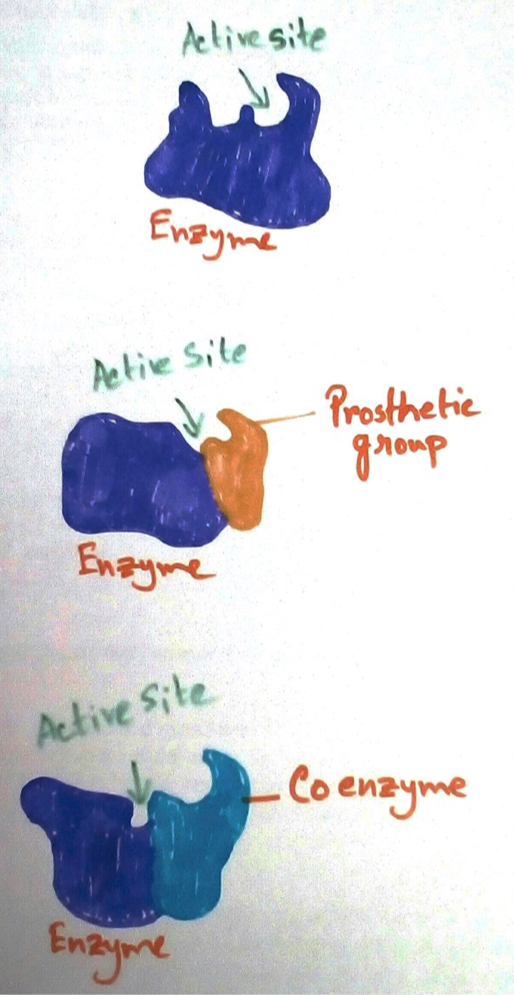
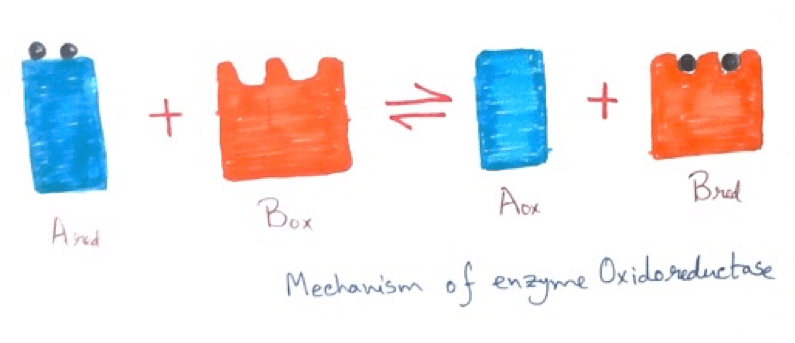
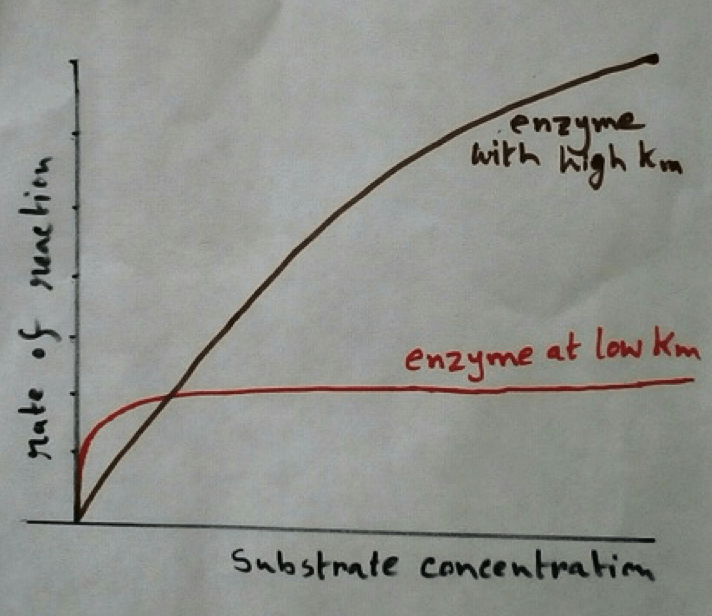
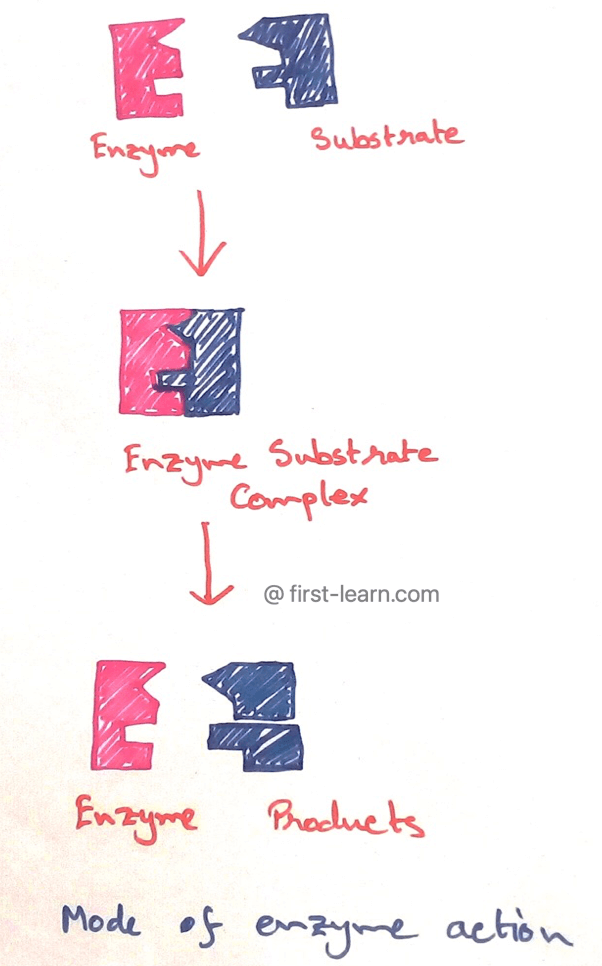
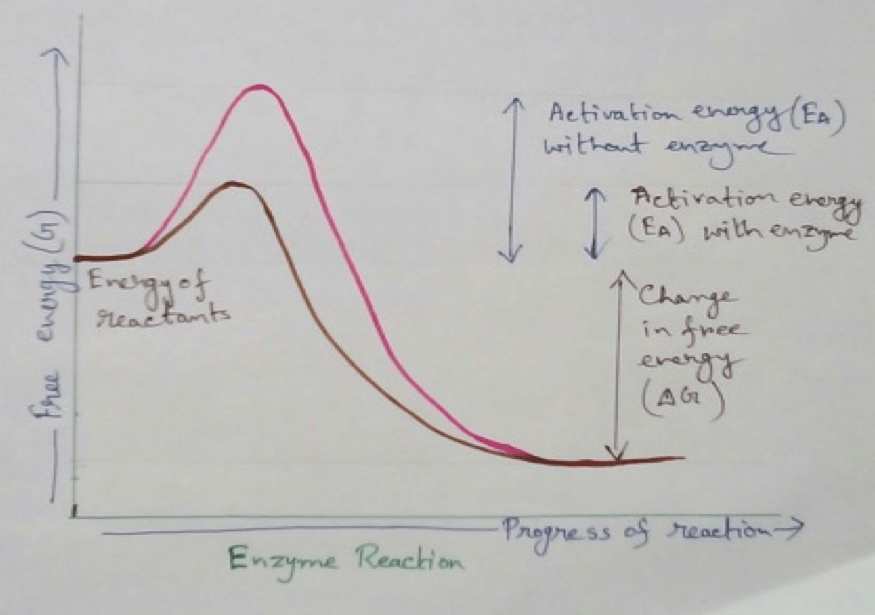
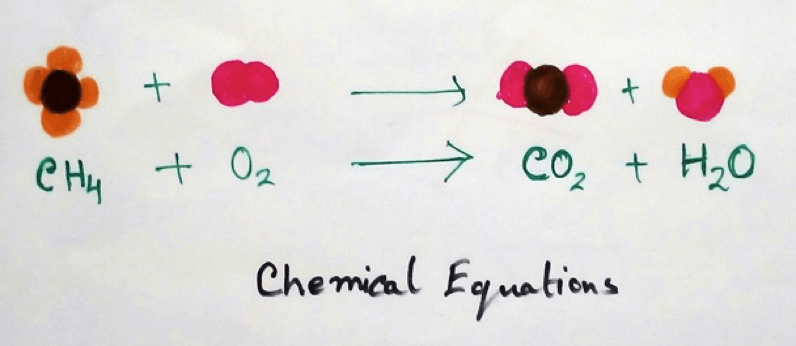
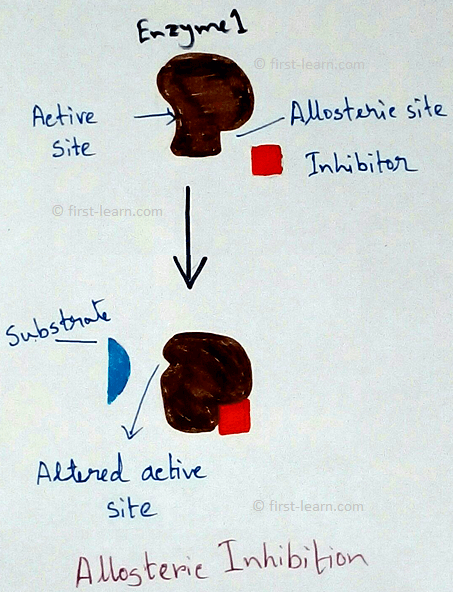

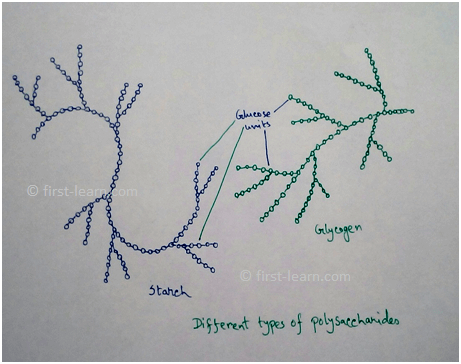





New! Comments
Have your say about what you just read! Leave me a comment in the box below.